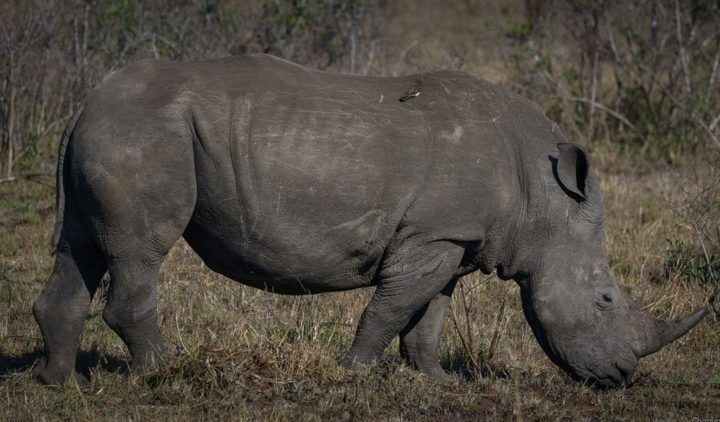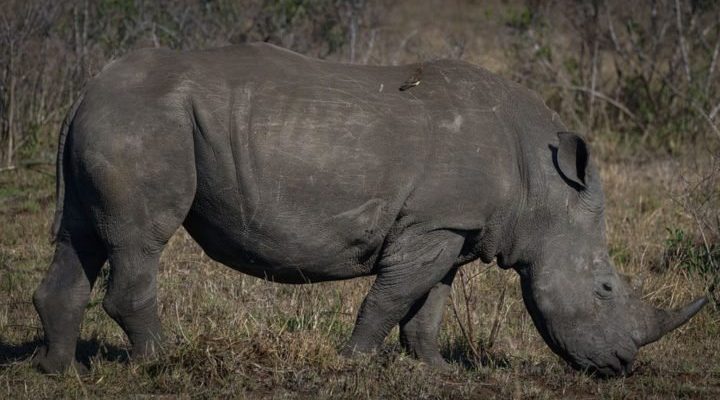
The Javan rhino is one of the world’s rarest large mammals, with only a small population left in Ujung Kulon National Park in Indonesia. It’s vital to clear up the myths surrounding this unique creature so we can better appreciate and protect it. Let’s pour some coffee and dive into the truths and falsehoods about the Javan rhinoceros.
The Javan Rhino’s Population Numbers
One of the biggest misconceptions is that the Javan rhino population is much larger than it actually is. Many people believe that there are hundreds of these majestic creatures roaming the jungles. In reality, the population is estimated to be around just 76 individuals. That’s right—fewer than a hundred!
These rhinos are extremely elusive, making them hard to spot. So, it’s no wonder that people might assume they’re more numerous. The small size of their population makes them critically endangered, and conservationists are working tirelessly to protect them. Think of it like a rare gem—when there are so few left, each one becomes even more precious.
Habitat and Range Misconceptions
You might be wondering where Javan rhinos can be found. Some folks imagine that these rhinos have a wide range, similar to other species like the white or black rhino. But here’s the thing: Javan rhinos are incredibly specialized in their habitat needs. They primarily live in dense tropical rainforests and swamps, specifically in Ujung Kulon National Park.
This park is the only place in the world where you can find the Javan rhino living in the wild. This limited range contributes to their vulnerability. With habitat loss due to agricultural expansion and human encroachment, their survival hangs in the balance. Protecting this unique ecosystem is crucial for the rhino’s future.
Behavioral Myths: Are They Aggressive?
Another myth that often pops up is that Javan rhinos are inherently aggressive. While any large animal can be dangerous when threatened, the truth is that Javan rhinos are generally not aggressive. They tend to be solitary and shy, preferring to avoid human interaction whenever possible.
Their natural behavior is more about peace than conflict. When they do encounter humans, they usually prefer to retreat rather than confront. So, while it’s essential to respect their space, let’s not paint them as fierce beasts in need of a bad rap.
Diet and Feeding Habits
You might think that all rhinos are pretty similar when it comes to diet, but that’s not entirely accurate. Many assume that Javan rhinos are outright herbivores that only munch on grasses. While grasses are certainly part of their diet, they also enjoy a variety of leaves, sprouts, and fruits.
Their long, pointed lips allow them to selectively browse different types of foliage, which is crucial in their dense habitat. This unique feeding behavior helps keep their ecosystem in balance, as they play a role in seed dispersal. So, next time you picture a Javan rhino, imagine it delicately nibbling on a leafy treat instead of just chomping down on grass.
Myths Surrounding Conservation Efforts
Many believe that conservation efforts for the Javan rhino are pointless due to their dwindling numbers. Honestly, this couldn’t be further from the truth. While it’s true that the situation is dire, dedicated conservationists are making strides in protecting these incredible animals.
Efforts include habitat restoration and anti-poaching measures in Ujung Kulon National Park. Fundraising initiatives also help raise awareness about the plight of the Javan rhino. Each effort may seem small, but collectively they contribute significantly toward preventing extinction. Remember, the more we support these initiatives, the better chance we have of seeing Javan rhinos thrive in the future.
Misconceptions About Their Horns
You’ve probably seen images of rhinos with impressive horns, leading to another common myth: that the horn of the Javan rhino is made of bone. In reality, like all rhino horns, the Javan rhino’s horn is made of keratin, the same material that makes up our hair and nails.
Sadly, these horns are highly sought after in some cultures, leading to illegal poaching. This demand creates a dangerous market that threatens the survival of the Javan rhino. Having this understanding can help dispel myths and foster compassion for the plight of these animals.
The Future: Hope Amidst the Myths
As we wrap up our conversation, it’s clear that the Javan rhinoceros is an incredible creature shrouded in myths. While there are challenges to their survival, awareness and understanding can lead to meaningful action.
Conservation efforts are crucial, and every bit of support can help turn the tide. As you learn more about this beautiful creature, remember to share what you know. You can help others see past the myths and understand the reality of the Javan rhino’s struggle and the necessity for its protection.
In conclusion, the Javan rhinoceros faces an uphill battle in the wild. By debunking common myths and misconceptions surrounding these magnificent animals, we can better appreciate their plight and support the critical conservation efforts needed to ensure they roam the Earth for generations to come.

